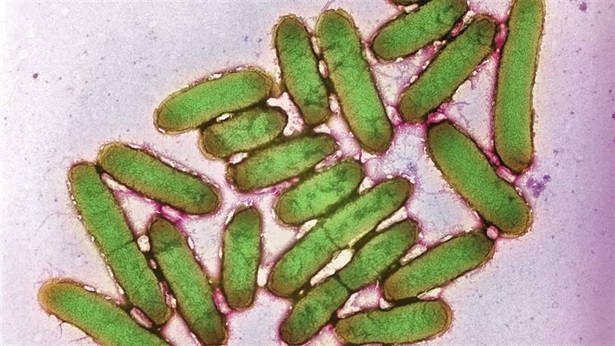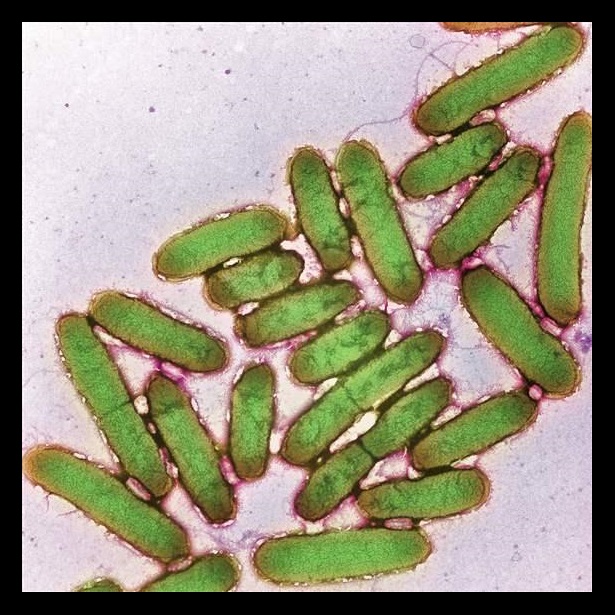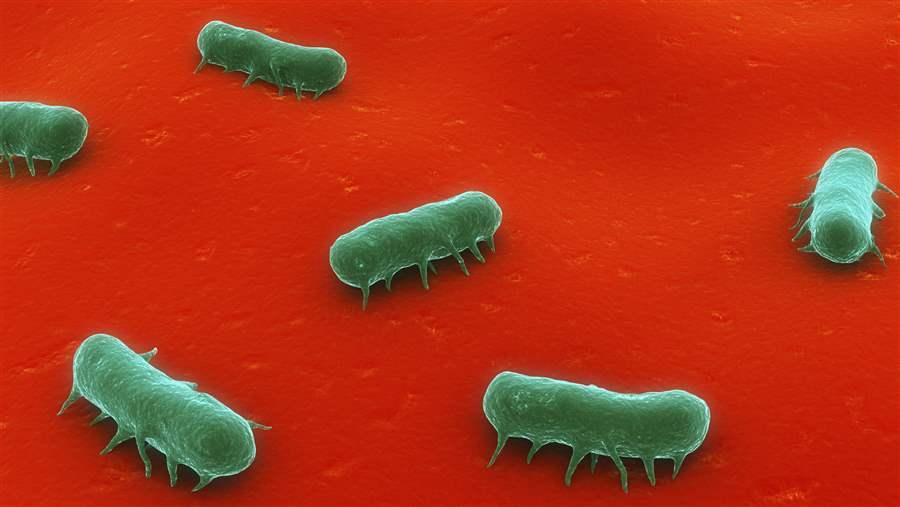The Complex Relationship Between Antibiotic Use and Resistance
Why scientists need sophisticated analytical tools to better evaluate changes in agricultural use policies
The use of antibiotics drives the emergence of drug resistance, but the relationship between the two is not always direct or easy to measure. Resistance may appear or disappear at significantly faster rates in some situations than others, and perhaps not at all during the period of a research study. These dynamics can be influenced by seemingly unrelated factors:
- It is difficult to adequately predict the actual exposures of bacteria to antibiotics. The dosage of the antibiotic, duration of use, and frequency of exposure are all relevant to the emergence of resistance. The type of antibiotic, how it is administered, and occasionally other factors—such as the age or health of the animals—affect it as well.
Additionally, how an antibiotic enters the bloodstream and is distributed throughout an animal’s organs and tissues play a role. The drug is eventually broken down into smaller molecules, which can be less or sometimes more active than the original, and which are ultimately excreted from the body. This leads to changing drug concentrations over time, which vary by antibiotic, different organs or tissues, the health status of the animal, and other factors. Therefore, actual exposures of bacteria to antibiotics at the site of infection are difficult to predict based on antibiotic administration data, and what may appear to be similar exposures per antibiotic use data may in fact translate into different exposures, with potentially different effects on the emergence of antibiotic resistance.
- There is no generally accepted way to quantify antibiotic resistance. Bacteria are typically tested for susceptibility to a large, although not exhaustive, set of antibiotics. The list of antibiotics is not standardized across laboratories, and different types of diagnostic tests yield results that can be challenging to compare. This can make it hard to combine or contrast information from different sources, although data scarcity may require that different sources be combined or contrasted to make inferences. Additionally, these tests usually only indicate whether bacteria are resistant without reporting the quantitative data associated with how resistant the bacteria are, leaving out potentially important insights.
Moreover, resistance against various antibiotics does not happen in isolation. In some cases, the same genetic change causes resistance to multiple antibiotics; moreover, genetic traits for resistance to multiple antibiotics are sometimes shared among bacteria simultaneously, making it difficult to draw conclusions about resistance patterns emerging from a given antibiotic use.
- Confounding factors may mask the relationship between antibiotic use and resistance. For example, some resistance genes are naturally occurring in the environment, and some may have developed from previous antibiotic exposures not accounted for by the available data (e.g., that did not actually occur on that farm). Also, changes in the prevalence of different bacterial strains on a given farm—for example with Salmonella—may not be related to antibiotic use at all, but can nonetheless lead to fluctuations in resistance patterns. Additionally, there typically is a variable time delay between exposure to antibiotics and an increase in resistance; whether that resistance persists depends on a given situation or setting. This means the same experiment can result in different outcomes.
Better data about antibiotic use on farms are needed. However, researchers also need tools (e.g., more sophisticated statistical analysis methods) to adequately evaluate the effect that use has on resistance. For example, the National Science Foundation and the European Food Safety Authority have recently developed advanced statistical and mathematical models to more comprehensively examine the relationship between the use of antibiotics in food animals and the corresponding changes in resistance patterns among bacteria in the food supply—for instance, by allowing models to account for the fact that there may be a lag between antibiotic exposure and the emergence of resistance, or by using systems science to integrate different analyses methods, thereby mitigating the limitations of imperfect data.
As of Jan. 1, 2017, federal policy changes have ended the use of medically important antibiotics for growth promotion purposes and placed remaining food and water uses under veterinary oversight. These changes presumably reduced antibiotic exposures and resulting antibiotic resistance on farms and feedlots. Without better science, though, we may not be able to fully understand the effects of these changes, as well as future changes to improve antibiotic stewardship.
Karin Hoelzer works on The Pew Charitable Trusts’ safe food and antibiotic resistance projects and is a veterinarian by training.


America’s Overdose Crisis
Sign up for our five-email course explaining the overdose crisis in America, the state of treatment access, and ways to improve care
Sign up

Antibiotic Use in Food Animals Poses Risk to Public Health
More research needed, but studies show clear link between antibiotic resistance emerging on farms and drug-resistant infections in people










